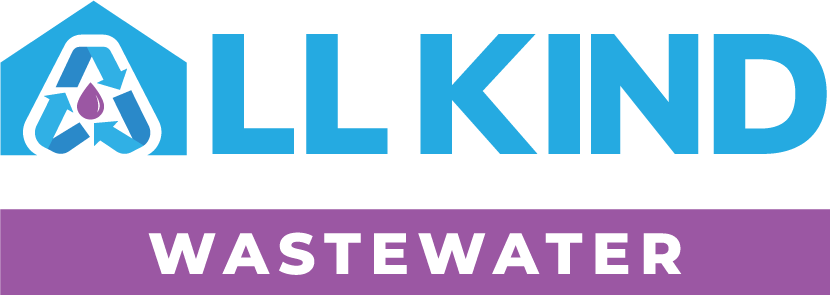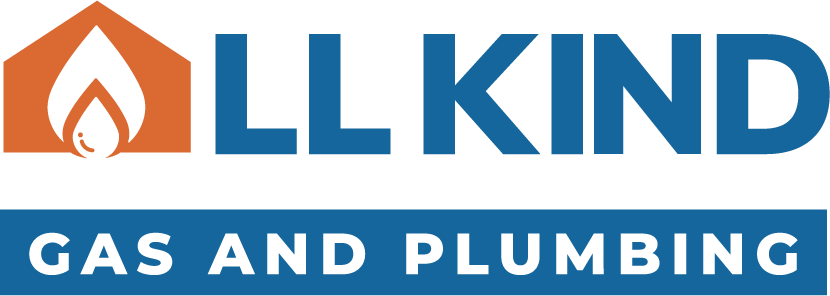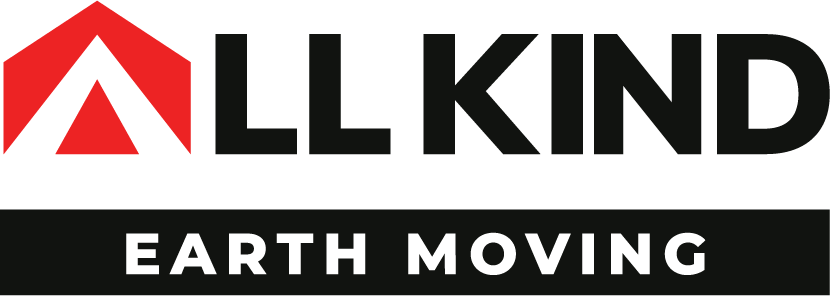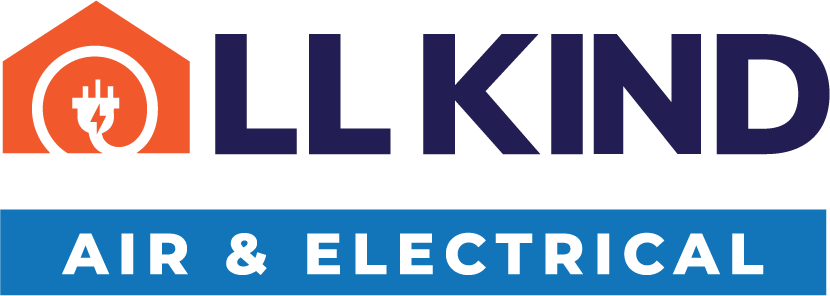Australia’s average septic tank system installation cost ranges from $7,000 to $20,000 in 2025. Septic systems remain a crucial solution for managing wastewater in rural and semi-rural areas, providing effective wastewater treatment where access to mains sewerage is unavailable. The cost of installing a septic tank depends on several factors, including geographic location, material choice, and the type of wastewater treatment system required.
We will explore septic tank installation costs across Australia, offering insight into state-by-state differences, system types, and the key cost drivers. It’s designed to help you make well-informed decisions when choosing the right septic system for your needs.
What Affects the Cost of Septic Tank Installation?
Several factors influence the system cost of septic tank installation. These variations depend on the type of septic system, materials used, and the installation process itself. Understanding these elements ensures a clearer picture of what contributes to the final price.
Key Factors That Affect the Cost
1. Tank Material
The material used for a septic tank can significantly impact the overall cost. Common options include concrete, plastic, and fiberglass.


- Concrete tanks are durable and ideal for long-term use, making them a popular choice for large properties. However, their weight can increase transportation and labour costs during installation.
- Plastic tanks are lightweight and easier to handle, but may not be as sturdy under heavy loads.
- Fiberglass tanks are highly resistant to corrosion and cracking, which makes them ideal for areas with challenging soil conditions, though they often come with a higher price tag.
The choice of material often depends on the region, tank size, and local environmental factors.
2. System Complexity
The type of septic system also influences the cost. Gravity-fed systems are simpler and, therefore, more affordable to install compared to pumped systems, which require additional equipment and electrical work. Advanced sewage treatment systems, such as aerobic treatment units, are effective for properties with stricter environmental regulations but have higher installation and maintenance costs. The complexity of the system directly impacts labour and equipment expenses.
3. Soil and Site Preparation
Preparing the site is an essential part of septic tank installation. Soil testing determines the permeability of the ground and ensures the wastewater system will perform as intended.
Poor soil conditions, rocky terrain, or sloping land may require additional excavation and drainage solutions, increasing the overall system cost. For example, rural areas with clay-heavy soil often need extensive preparation compared to urban properties with firmer grounds.
4. Permits and Compliance
Local council permits and regulatory compliance add to the cost of installing a septic tank. Councils may require soil tests, environmental assessments, and inspections throughout the installation process, ranging from $500 to $1,500 or more.
Urban properties may face stricter sewage treatment standards, while rural areas may have fewer restrictions. Ensuring compliance is crucial to avoid fines or additional expenses later.
Commercial and Residential Septic Systems
Commercial and residential septic systems differ in cost and complexity. Commercial systems are designed to handle larger volumes of wastewater, requiring more robust materials, additional components, and a larger tank size. These systems often involve higher installation and maintenance costs due to their scale and operational demands.


Residential systems, on the other hand, are typically smaller and simpler, making them less expensive to install and maintain. However, ongoing septic tank maintenance is essential for both types to ensure efficient operation and prevent costly repairs.
State-by-State Cost Breakdown for Septic Tank Installation
The cost of installing a septic tank in Australia varies significantly across states and territories. Factors such as labour costs, local regulations, and environmental conditions heavily influence the overall cost. Understanding septic system cost differences region by region helps property owners plan their budgets effectively.
1. New South Wales (NSW)
In NSW, installing a septic tank ranges from $12,000 to $18,000 for traditional septic systems, with higher costs in Sydney due to elevated labour rates. Urban areas often face stricter compliance requirements, further increasing the overall cost.
Coastal regions, such as Byron Bay, present unique challenges due to high water tables, necessitating advanced systems like sand filters or aerobic treatment units. These systems can cost between $20,000 and $25,000.
Bushfire-prone areas in NSW often require fire-resistant tank materials, such as concrete, which adds an extra 15 to 20 per cent to the installation and maintenance costs. Soil testing, a key step in the installation process, can cost an additional $500 to $1,500, depending on the location.
2. Victoria (VIC)
Victoria’s septic system cost typically ranges from $10,000 to $16,000. Melbourne’s urban density poses unique challenges, with homes often requiring compact systems that are more expensive to install. Sensitive catchments, such as the Yarra Valley, are subject to stringent Environmental Protection Authority (EPA) guidelines.
These areas require secondary treatment systems, such as aerated wastewater systems, which increase costs to $18,000–$22,000.
In regions with rocky terrain, such as the Dandenong Ranges, additional excavation expenses can range from $2,000 to $4,000. Labour costs in rural VIC are slightly lower than in urban centres, which helps reduce the overall cost in those areas.
3. Queensland (QLD)
The cost of installing a septic tank in Queensland varies widely, from $7,000 to $15,000 in Brisbane to $15,000 to $20,000 in areas like the Sunshine Coast and Gold Coast. Sandy soils in these coastal regions often require sand-filter systems or advanced wastewater treatment units, which are more expensive.
In remote areas like Mount Isa, logistics and transportation for materials can push costs up to $25,000. Pump-assisted systems, commonly used in Brisbane, add an extra $25,000. Due to the additional components and electrical setup required, pump-assisted systems add an extra $2,000 to $3,000.
4. Western Australia (WA)
Costs in Western Australia range from $9,000 to $14,000 in Perth and can go up to $18,000–$24,000 in remote regions like the Pilbara and Kimberley. Labour costs and transportation fees play a significant role in these higher figures. Moving materials to remote areas often adds $3,000 to $5,000 to the overall cost.
Concrete tanks are commonly used in WA due to their durability in the arid climate, though polyethylene tanks are gaining popularity in coastal areas for their corrosion resistance. These tanks typically range from $2,500 to $5,000, depending on their size.
5. South Australia (SA)
In South Australia, the cost of traditional septic systems ranges from to $8,000 to $14,000. Areas like the Adelaide Hills often require engineered solutions due to sloped terrain, which increases costs to $16,000–$20,000. Effluent reuse policies in SA frequently necessitate drip irrigation systems, adding $4,000 to $6,000 to the installation process.
Septic system maintenance is also a key consideration in SA, as annual inspections are mandated for properties near water catchments. While these inspections add to long-term costs, they are essential for maintaining compliance.


6. Tasmania (TAS)
Septic system cost in Tasmania averages between $11,000 and $17,000. Heavy clay soils in many areas increase excavation and drainage requirements, raising the cost of installing a septic tank. In colder regions like the Central Highlands, frost-resistant tanks are essential and can add $1,500 to $2,000 to the overall cost.
Fiberglass tanks are popular in Tasmania due to their ability to withstand freeze-thaw conditions. Labour costs are slightly higher in cities like Hobart and Launceston, further influencing the installation and maintenance costs.
7. Australian Capital Territory (ACT)
The use of septic systems in the ACT is limited due to Canberra’s compact urban environment. However, rural properties near Queanbeyan often install systems costing between $19,000 and $20,000. Dual-reticulation systems are frequently required to facilitate greywater reuse, adding an extra $3,000 to $5,000 to the overall cost.
Septic system maintenance is a critical consideration in the ACT, as compliance with local council regulations often involves routine inspections and updates to wastewater systems.
8. Northern Territory (NT)
In the NT, the cost of installing a septic tank ranges from $20,000 to $30,000. Cyclonic conditions and high water tables present significant challenges, often requiring above-ground aerobic systems to avoid flooding risks. These advanced systems typically start at $25,000.
Transportation costs for materials to remote areas like Alice Springs or Kakadu add $4,000 to $7,000 to the final price. Prefabricated units shipped from other states are a common choice for rural and remote installations, as they simplify the process and reduce labour costs.
Choosing the Right Septic Tank for Your Needs
Selecting the most appropriate septic tank system ensures effective sewage treatment and long-term reliability. Key factors to consider are property size, soil type, and budget. Understanding the different types of septic systems helps avoid installation issues or system failure.
Choosing a Septic System That Fits
Choosing the right septic system depends on matching the system design to your property’s needs. Here are some essential considerations:
- Property Size and Soil Type: Large properties with ample space may suit conventional systems, while smaller lots with poor soil drainage benefit from advanced options like an aerated wastewater treatment system or sand-filter systems.
- System Design Options:
- Conventional Systems: These common septic systems are suitable for standard soil conditions and simpler installations.
- Sand-Filter Systems: Ideal for areas with high water tables or challenging soil conditions, though installation costs for these can be higher.
- Aerated Wastewater Treatment Systems: Advanced systems that treat effluent from the septic tank, making them suitable for environmentally sensitive areas.
- Budget and Materials: Concrete septic tanks are durable and cost-effective, particularly for larger properties, while lightweight plastic or fiberglass options suit smaller properties and reduce transportation costs.
Proper planning and regular maintenance are crucial to maintaining your septic system’s longevity and avoiding system failure, which can lead to expensive repairs.
Eco-Friendly Septic Options
Eco-friendly septic systems are gaining popularity as homeowners focus on sustainable waste management systems. These include worm farm waste systems and other alternative designs that treat sewage while reducing environmental impact.


- Benefits: These systems often improve the quality of treated effluent, lowering the risk of environmental damage.
- Running Costs and Investment: Although installation costs are slightly higher, eco-friendly systems reduce long-term running costs. Maintaining your septic system is typically easier with these designs, as they often require fewer interventions to prevent system failure.
Choosing the right septic tank or management system, including eco-friendly options, requires a cost breakdown of installation and maintenance costs. Investing in a sustainable design ensures effective sewage treatment while aligning with environmental goals.
Installation and Maintenance Costs Explained
Understanding the costs associated with septic systems involves considering both the initial installation and the ongoing maintenance expenses. Proper installation and regular care ensure a long-lasting wastewater management system while reducing the risk of costly problems.
Installation Costs Versus Maintenance Costs
The upfront cost of installing a septic tank depends on factors like the size of the tank, the type of system, and local labour rates. Conventional septic systems typically cost between $7,000 and $15,000, while advanced septic systems, such as aerated or eco-friendly septic designs, can exceed $20,000. Larger properties or those requiring a commercial septic system may incur even higher costs.
Ongoing maintenance costs are another important consideration:
- Regular Cleaning: Maintaining a healthy septic system involves pumping the tank every three to five years, which can cost $300–$600 per service.
- Repairs: Addressing minor issues early prevents larger, costlier problems.
- Compliance Checks: Adhering to septic tank regulations often requires periodic inspections to ensure the sewage system meets standards.
Hidden Costs to Watch For
Several unexpected costs can arise during the lifespan of a septic system. These include:
- Emergency Repairs: Issues like leaks or blockages in the sewage system can require immediate attention, and repair costs vary depending on the severity.
- Upgrades to Meet Regulations: Changes in septic tank regulations may necessitate system upgrades or modifications.
- Replacement Parts: Components such as pumps or filters in advanced septic systems may need replacement, adding to operational expenses.
The type of system and tank size can also affect the cost of repairs and maintenance. Running costs may initially seem higher for eco-friendly septic options, but they often prove more economical over time. Being aware of these hidden expenses ensures better planning for maintaining a healthy septic system.


Cost-Saving Tips for Septic System Installation
Reducing the expenses tied to septic system installation and long-term care is possible with some strategic planning and maintenance. Here are practical tips to help you save.
Ways to Lower Installation Costs
- Choose Local Suppliers: Sourcing materials locally reduces transportation fees, especially for heavy items like concrete tanks.
- Choose Simpler Systems: Conventional septic systems are often more affordable compared to advanced options. Choosing a simpler system can significantly cut costs if your property conditions allow.
- Bundle Permits with Contractors: Many contractors offer permit-handling services, saving time and potentially lowering council-related fees.
Long-Term Savings Through Proper Maintenance
Regular inspections and servicing are essential for extending the lifespan of your septic system. Simple steps like scheduling routine pumping, addressing minor issues promptly, and maintaining filters prevent costly repairs.
Proper care protects your investment and keeps operational costs low over time. Sticking to a maintenance schedule ensures your system functions efficiently for years.
A Quick Cost Comparison Table
The table below provides an at-a-glance summary of the cost ranges for conventional and advanced septic systems across Australian states and territories.
| State/Territory | Conventional System Cost | Advanced System Cost | Key Cost Driver |
|---|---|---|---|
| New South Wales (NSW) | 12,000–18,000 | 20,000–25,000 | Bushfire regulations, coastal soils |
| Victoria (VIC) | 10,000–16,000 | 18,000–22,000 | EPA treatment mandates |
| Queensland (QLD) | 7,000–15,000 | 15,000–20,000 | Sandy soils, remote logistics |
| Western Australia (WA) | 9,000–14,000 | 18,000–24,000 | Arid climate, transportation fees |
| South Australia (SA) | 8,000–14,000 | 16,000–20,000 | Effluent reuse policies |
| Tasmania (TAS) | 11,000–17,000 | 17,000–22,000 | Frost-resistant materials, heavy clay |
| Australian Capital Territory (ACT) | 14,000–19,000 | 19,000–24,000 | Dual-reticulation systems |
| Northern Territory (NT) | 20,000–30,000 | 25,000–35,000 | Cyclone-proof designs, high water tables |
Get Expert Help for Your Septic Tank Needs
Choosing the right septic tank system for your property requires careful consideration of location, size, and environmental factors. A properly planned and installed system ensures effective wastewater treatment and long-term reliability. Consulting professionals is essential to avoid costly mistakes and ensure compliance with local regulations.
All Kind Wastewater specialises in septic tank installation and maintenance, offering tailored solutions to meet your needs. Our experienced team delivers cost-effective, high-quality services that prioritise efficiency and sustainability. Contact All Kind Wastewater today for expert advice and a free consultation. Let us help you find the perfect septic system for your property.






